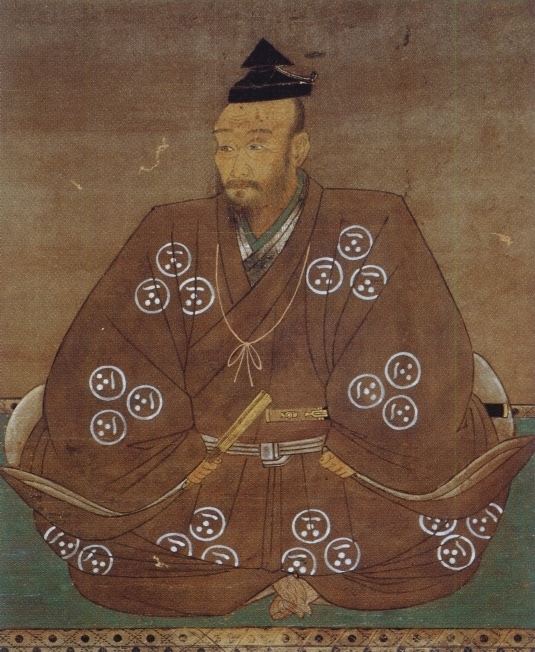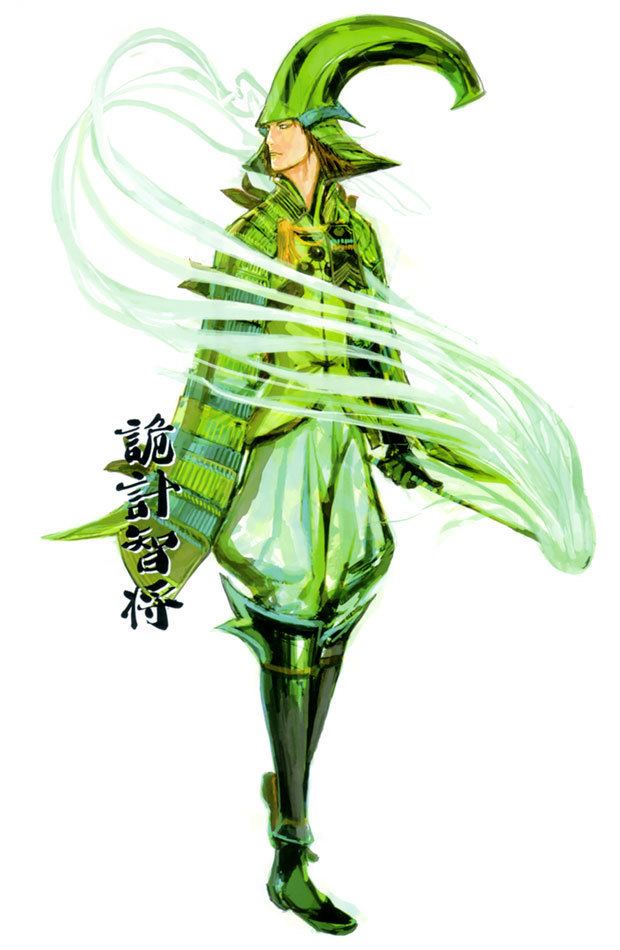Name Mori Motonari | ||
 | ||
Died July 6, 1571
Yoshida-Koriyama Castle, Aki Province | ||
Samurai warriors 3 m ri motonari all cg cutscenes in english hd
Mōri Motonari (毛利元就, April 16, 1497 – July 6, 1571) was a prominent daimyō in the west Chūgoku region of Japan during the Sengoku period of the 16th century.
Contents
- Samurai warriors 3 m ri motonari all cg cutscenes in english hd
- Sengoku basara 2 heroes hd m ri motonari ueda castle blitzkrieg battle
- Early years
- Succeeding the clan
- Battle of Miyajima
- Expanding territory
- Family
- Honours
- References

Sengoku basara 2 heroes hd m ri motonari ueda castle blitzkrieg battle
Early years

Mōri Motonari was born under the name Shōjumaru in a small domain of Aki Province in 1497. He is said to have been born at Suzuo Castle, his mother's homeland. His father, Mōri Hiromoto retired as the head of the clan in 1500, and moved to Tajihi-Sarugake Castle along with his son Shōjumaru. As titular head of the clan, Hiromoto was succeeded by his elder son Mōri Okimoto.

History remembers the young Mōri Shōjumaru as a fearless daredevil. It is said he escaped by night with some other kids from the castle of his father, and met lord Amago Tsunehisa and his troops. Shojumaru thought they were the ghosts of the Heike clan samurai, and so tried to become famous with ghost hunt, a kind of practice favoured for the education of the youth of Buke families. And so, Shōjumaru came openly to challenge the mounted warrior who looked to him as the general. It was Amago Tsunehisa. The other children were trembling in fear, but not Shojumaru. The young lord shot an arrow toward the veteran lord. Tsunehisa swiftly caught it with his bare hand. Impress by the bravery of his young nemesis, Tsunehisa spared the lads, looking forward to battle against an adult Motonari.
In 1506, Hiromoto died of alcohol abuse. Shōjumaru remained at Sarugake, but was troubled by another clan member of the Inoue family, who was aggressively seizing land.
In 1511, Shōjumaru officially became an adult, or genpuku, and was renamed Motonari.
Succeeding the clan
In 1516, Okimoto died. Okimoto's son Kōmatsumaru succeeded to the leadership of the clan, and Motonari became his overseer. Kōmatsumaru died eight years later in 1523, and Motonari succeeded him.
Mori successfully defended an attack by Amago Haruhisa on his castle in the 1540–41 Siege of Koriyama.
Battle of Miyajima
In 1551, Sue Harukata revolted against his lord Ōuchi Yoshitaka in the Tainei-ji incident, forcing him to commit seppuku. Sue installed the next lord of the clan, Ōuchi Yoshinaga, but effectively led the Ōuchi family and its armies, intent on military expansion. In 1554, Mōri, as a vassal of the Ōuchi clan, wanted to avenge the betrayed Yoshitaka, and so he rebelled against Sue, whose territorial ambitions were depleting clan resources. The heavily outnumbered force under Mōri attacked and defeated Sue at the Battle of Oshikibata and Battle of Miyajima. Mōri then departed from the mainland to build a fort, known as Miyao Castle, on Miyajima while proclaiming publicly his woe that it would not hold out long against an attack.
Expanding territory
Mori Motonari captured Tachibana in 1569.
Sandwiched between the powerful Amago and Ōuchi clans, Motonari led the clan by carefully balancing actions and diplomacy. Eventually, Motonari succeeded in defeating both and controlled the entire Chūgoku area. In his late years, he crushed the Ōtomo clan of Bungo Province.
He had three sons, Mōri Takamoto, Kikkawa Motoharu, and Kobayakawa Takakage, whom he encouraged to work together for the benefit of the Mōri clan. In one instance, he is said to have handed each of his sons an arrow and asked each to snap it. After each snapped his arrow, Motonari produced three arrows and asked his sons to snap all three at once. When they were unable to do so (according to a legend still taught today), Motonari explained that one arrow could be broken easily, but three arrows held together could not. It is not known for certain if this actually happened or if it is apocryphal legend.
His eldest son, Mōri Takamoto, while en route to attack the Amago clan, died of a sudden disease, though assassination by poison was suspected. Saddened and angered by his death, Motonari ordered all those responsible to be punished.
Family
In all, Motonari had nine sons and two daughters; four children (including Takamoto, Motoharu, and Takakage) were by his wife, three by a consort from the Nomi clan, and four by a consort from the Miyoshi clan.
